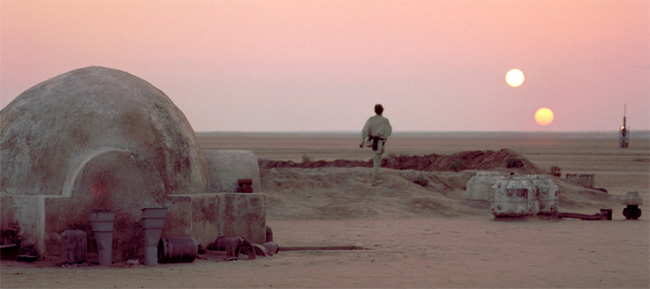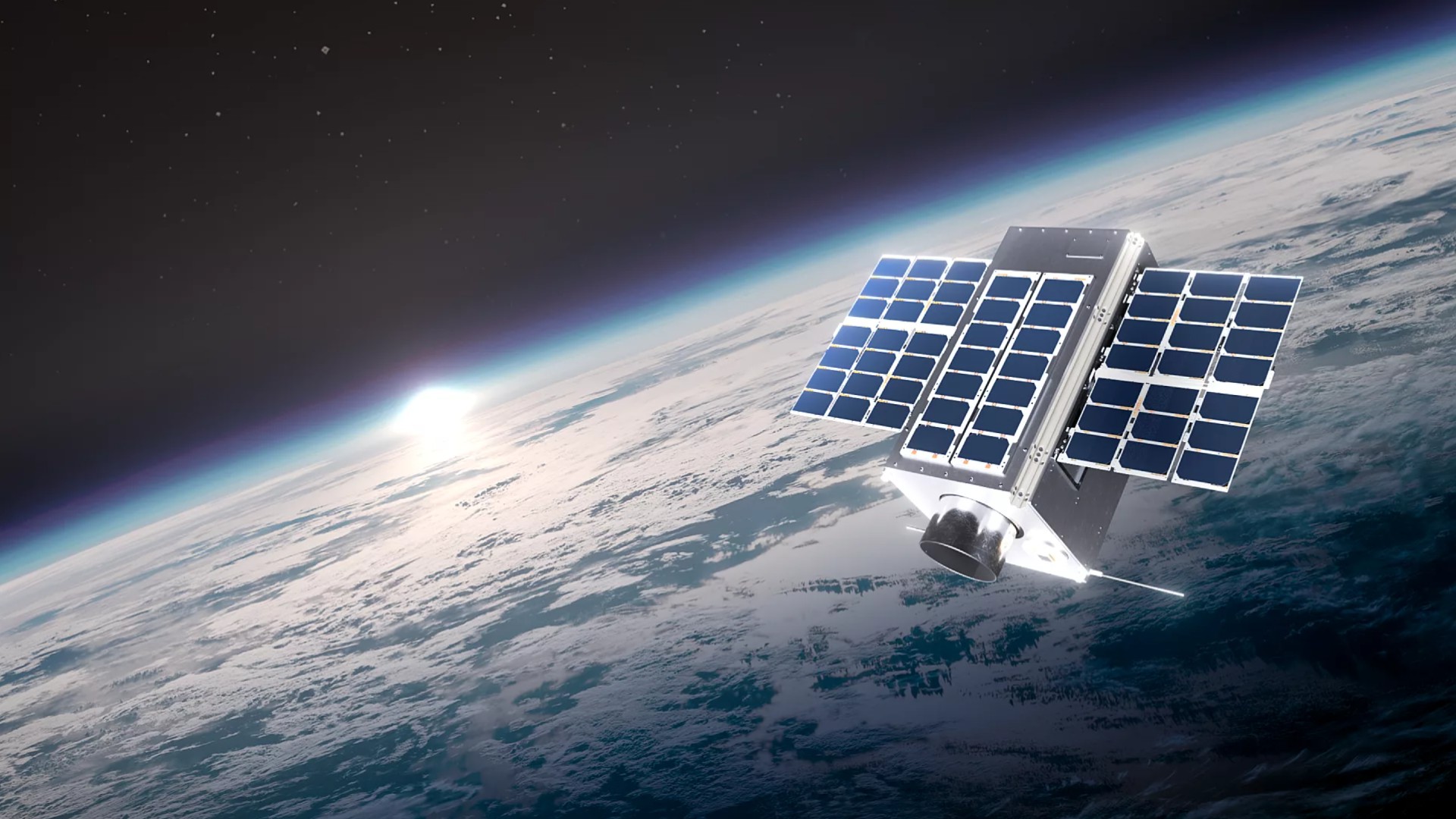'Star Wars' Planet with 2 Suns Challenges Theories

A huge alien planet discovered in asystem with two suns akinto the fictional "Star Wars" world of Tatooine is forcing astronomersto rethink their theories about how gas giant planets form.
The two stars are close enoughtogether that the leadingtheory for planet formation ? that dust and gas circling the starsslowly accreteinto such planets' rocky cores ? isn't likely, researchers said. Thestars'gravity would disrupt this process long before it could get very far,theyadded. [Gallery:The Strangest Alien Planets.]
Instead, the new findings support analternative theory,called gravitational collapse, which holds that super-dense regions ofthe dustcloud form planets much more rapidly, pulling together via the force oftheirown gravity.
The new planet is about the size ofJupiter. It orbits thestar HR 7162, which is part of a binary star system 49 light-yearsaway, in theconstellation Lyra.
The researchers found the planetusing a method calledastrometry, which precisely tracks the position of stars over time. Thediscovery marks the first time astronomers have used astrometry to findapreviously unknown planet, researchers said.
"The techniques we're developingcould help us betterlocate Earth-like planets in our local neighborhood in the galaxy,"saidstudy leader Matthew Muterspaugh of Tennessee State University in astatement.
A double sunset world
Breaking space news, the latest updates on rocket launches, skywatching events and more!
The new gas giant isn't the onlyknown planetwith more than one sun.
Researchers have discovered dozens ofthem, meaning doublesunsets like those seen on Luke Skywalker's home planet of Tatooine inthe"Star Wars" films maynotbe so rare.
To find the planet using astrometry,Muterspaugh and histeam studied the periodic variations in the star HR 7162's location,which indicatedsomething big was tugging on it with its gravity, betraying thepresence of thenew extrasolarplanet.
In principle, the astrometry methodis similar to the radialvelocity technique, which has been extremely successful at detectingplanets'gravitational pull by analyzing the speed at which stars are movingtoward oraway from Earth.
The researcher is detailed in aseries of five papers in TheAstronomical Journal.
Second star too close
The companion star near HR 7162 isclose enough to itsstellar partner and the new planet that its gravitational pull couldhaveaffected planet formation, researchers found. This finding challengestheleading model of giant planet formation, called core accretion, theyadded.
In core accretion, dust and gasparticles circling a youngstar cling together and gradually become larger, forming rocks,boulders andeventually the stony cores of planets. The process of creating rocksfromscattered dust requires millions of years to form Jupiter-like planets,researchers said.
According to models of the HR 7162system's evolution, thesecond star's gravity should have disrupted the planet-forming gas anddust injust thousands of years, ejecting this raw material from the system.
That a planet exists in spite ofthese predictionschallenges core accretion as the singular model for gas giant planetformation,researchers said.
Gravitational collapse offers analternative method offorming giant planets, according to the team. In this theory, denseparts ofthe gas and dust cloud develop enough gravitational attraction withinthemselves to rapidly pull together into giant planets.
Simulations show these regions cancollapse fast, wellwithin a few thousand years ? meaning that the planet-forming materialscouldhave survived in HR 7162 before the second star booted them out.
Some studies suggest that binary starsystems produce moresuper-dense regions in their gas and dust clouds, because of theturbulentgravitational environment the two stars create. This would enhance theodds ofgiant planet formation by gravitational collapse, researchers said.
- Gallery:The Strangest Alien Planets
- Video:Worlds With Double Sunsets Abound
- Top10 Extreme Planet Facts

Space.com is the premier source of space exploration, innovation and astronomy news, chronicling (and celebrating) humanity's ongoing expansion across the final frontier. Originally founded in 1999, Space.com is, and always has been, the passion of writers and editors who are space fans and also trained journalists. Our current news team consists of Editor-in-Chief Tariq Malik; Editor Hanneke Weitering, Senior Space Writer Mike Wall; Senior Writer Meghan Bartels; Senior Writer Chelsea Gohd, Senior Writer Tereza Pultarova and Staff Writer Alexander Cox, focusing on e-commerce. Senior Producer Steve Spaleta oversees our space videos, with Diana Whitcroft as our Social Media Editor.
